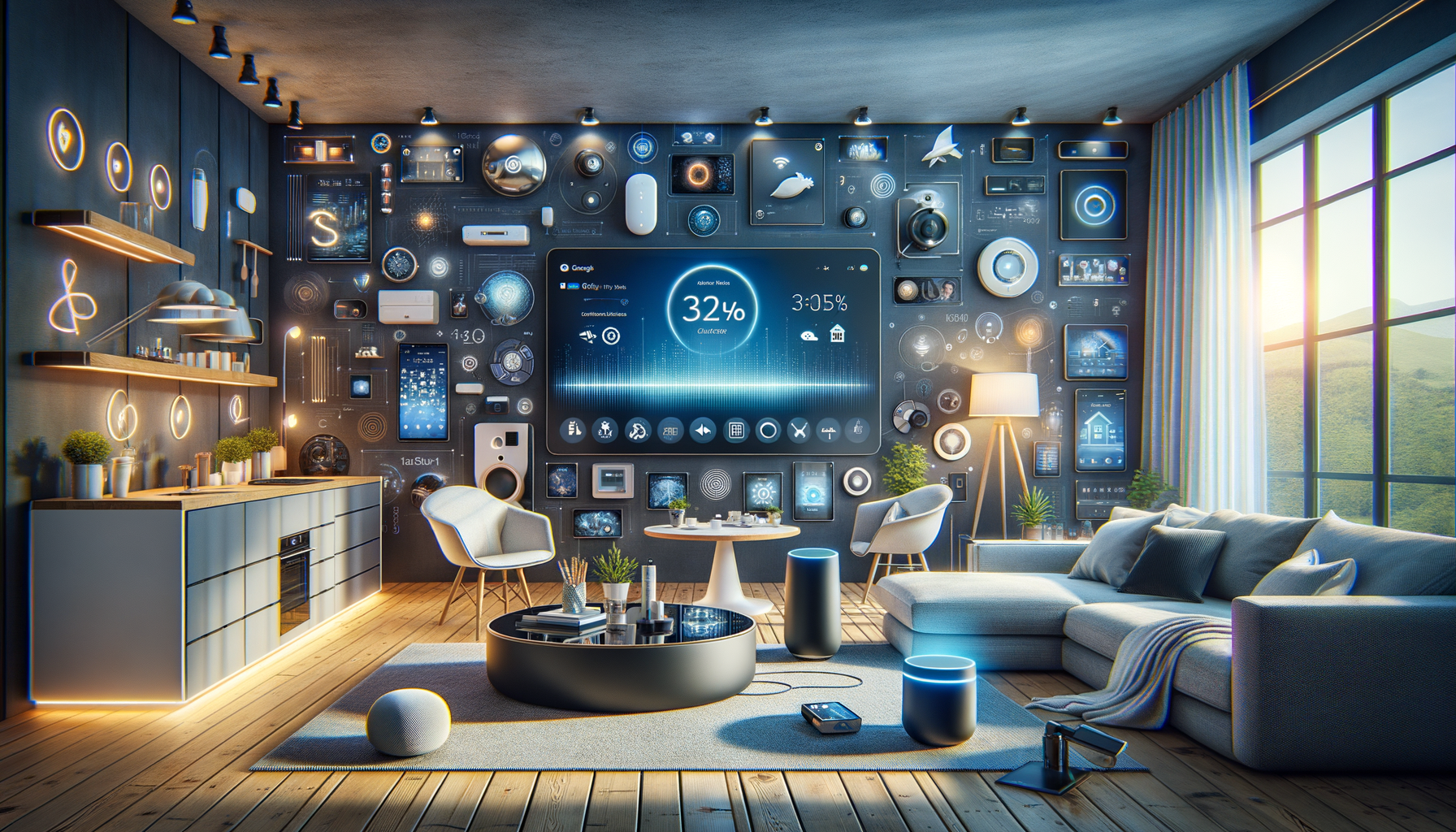Introduction to Smart Home Devices
In today’s fast-paced world, technology continues to revolutionize how we live, and smart home devices are at the forefront of this transformation. These technology-enabled tools automate and manage household functions such as lighting, security, heating, and appliances, making everyday living more efficient and convenient. As the Internet of Things (IoT) expands, more households are integrating smart devices to enhance their living environments. This article explores the various aspects of smart home devices, their benefits, and their impact on modern living.
The Rise of Smart Home Devices
The adoption of smart home devices has seen a significant increase over the past decade. This growth can be attributed to advancements in technology, increased internet connectivity, and the rising demand for convenience and energy efficiency. Smart home devices range from simple gadgets like smart bulbs to complex systems such as integrated security networks. The ability to control these devices remotely through smartphones or voice assistants has made them a popular choice among tech-savvy consumers.
Statistics show that the global smart home market is projected to reach substantial figures in the coming years. This surge is driven by the increasing number of smart home device manufacturers and the continual innovation in the field. Consumers are now more inclined to invest in devices that promise to make their homes safer, more energy-efficient, and easier to manage.
Benefits of Smart Home Devices
Smart home devices offer a multitude of benefits that enhance the quality of life for users. One of the primary advantages is the convenience they provide. With smart home technology, users can control various aspects of their home environment with just a few taps on their smartphone or through voice commands. This level of control extends to lighting, temperature, security systems, and even household appliances.
Another significant benefit is energy efficiency. Smart thermostats, for example, learn user preferences and adjust heating and cooling systems accordingly, leading to reduced energy consumption and lower utility bills. Additionally, smart lighting systems can be programmed to turn off when not in use, further contributing to energy savings.
- Convenience and remote access
- Energy efficiency and cost savings
- Enhanced security features
Challenges and Considerations
Despite the numerous benefits, there are challenges and considerations associated with smart home devices. One of the primary concerns is privacy and security. As these devices are connected to the internet, they can be vulnerable to hacking and unauthorized access. Users must ensure that their devices are secure by using strong passwords and keeping their software updated.
Another consideration is compatibility. With numerous brands and devices available, ensuring that all devices work seamlessly together can be challenging. Consumers need to research and choose devices that are compatible with each other and with existing systems in their homes.
- Privacy and security concerns
- Compatibility issues
- Initial setup and cost
The Future of Smart Home Devices
The future of smart home devices looks promising, with continuous advancements in technology and increasing consumer demand. As artificial intelligence and machine learning technologies evolve, smart devices will become even more intuitive and personalized. This evolution will lead to smarter homes that can anticipate user needs and preferences, further enhancing the living experience.
Moreover, the integration of smart home devices with renewable energy sources holds potential for creating more sustainable living environments. As smart technology becomes more accessible and affordable, we can expect to see a broader adoption across diverse demographics, making smart homes a standard rather than a luxury.




Leave a Reply